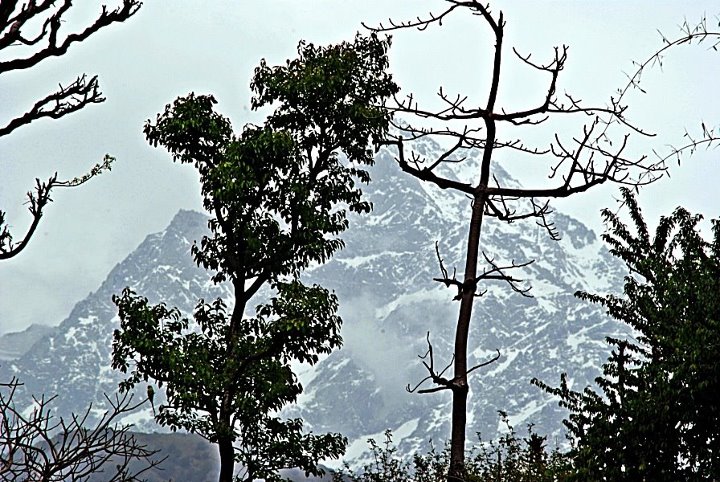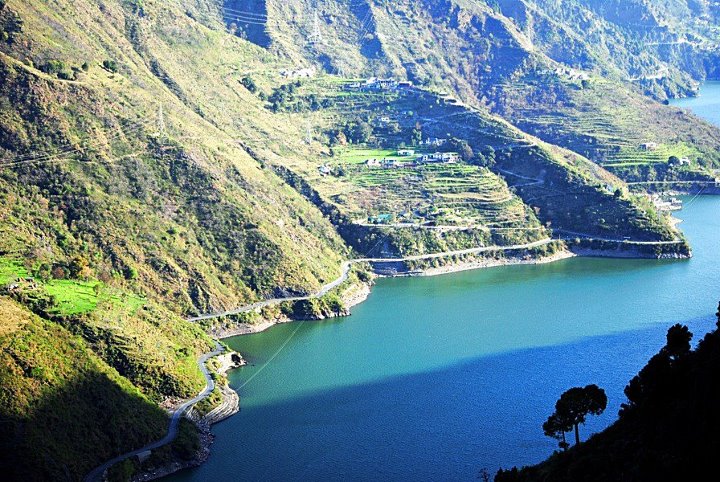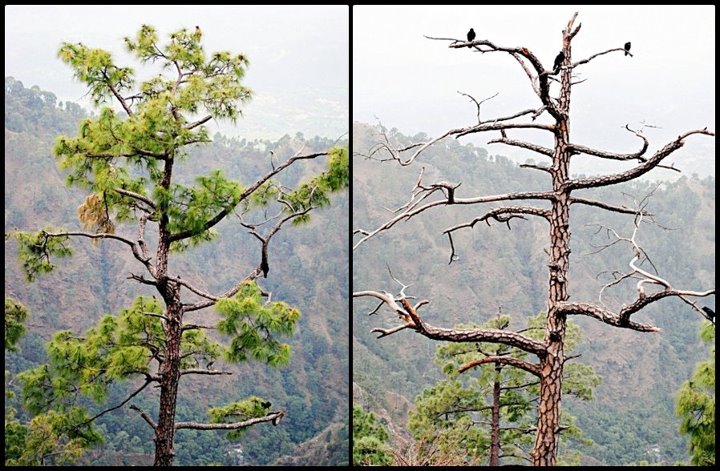The Himalayas is a mountain in north of the Indian subcontinent. By extension, it is also the name of a mountain range which includes the Karakoram, Hindu Kush, and other ranges, less, extending from the Pamir Knot.
Overall, Himalayas is the highest in the world and home to the world’s highest peaks, the Eight-thousandths, which include Mount Everest and K2. To understand the enormity of this mountain range consider that Aconcagua in the Andes, at 6,962 meters (22,841 feet) is the highest peak outside Asia, while the Himalayan system includes over 100 mountains over of 7200 m (23,600 ft). However, the Alleghenian mountain, formed during the formation of Pangea, likely rivaled or exceeded the high Himalayas.
The main Himalayan range stretches from west to east, the Indus valley to the valley of the Brahmaputra River, forming an arc 2.400 km (1.500 miles) long, varying in width from 400 km (250 miles) in western Kashmir-Xinjiang region to 150 km (93 mi) east of Tibet-Arunachal Pradesh. The range area consists of three coextensive sub-ranges, with the northernmost, and the highest, known as the Himalayas or the Great Interior. Some of the world’s major river systems arise in the Himalayas, and their combined drainage basin is home to some 3 billion people (almost half the population of Earth) in 18 countries. The Himalayas have profoundly shaped the cultures of South Asia, many Himalayan peaks are sacred in Hinduism, Buddhism and Sikhism.
Geologically, the origin of the Himalayas is the impact of the Indian tectonic plate traveling north to 15 cm per year for an impact on the Eurasian continent, with the first contact of about 70 million years, and with The movement continues today. The formation of Himalayan peaks finally resulted in the arc from this, since the lighter rock of the seabed of the time were easily raised in the mountains. A fact often cited to illustrate this process is that the summit of Mount Everest is made of marine limestone.
Photo credits–Arabinda Chatterjee















